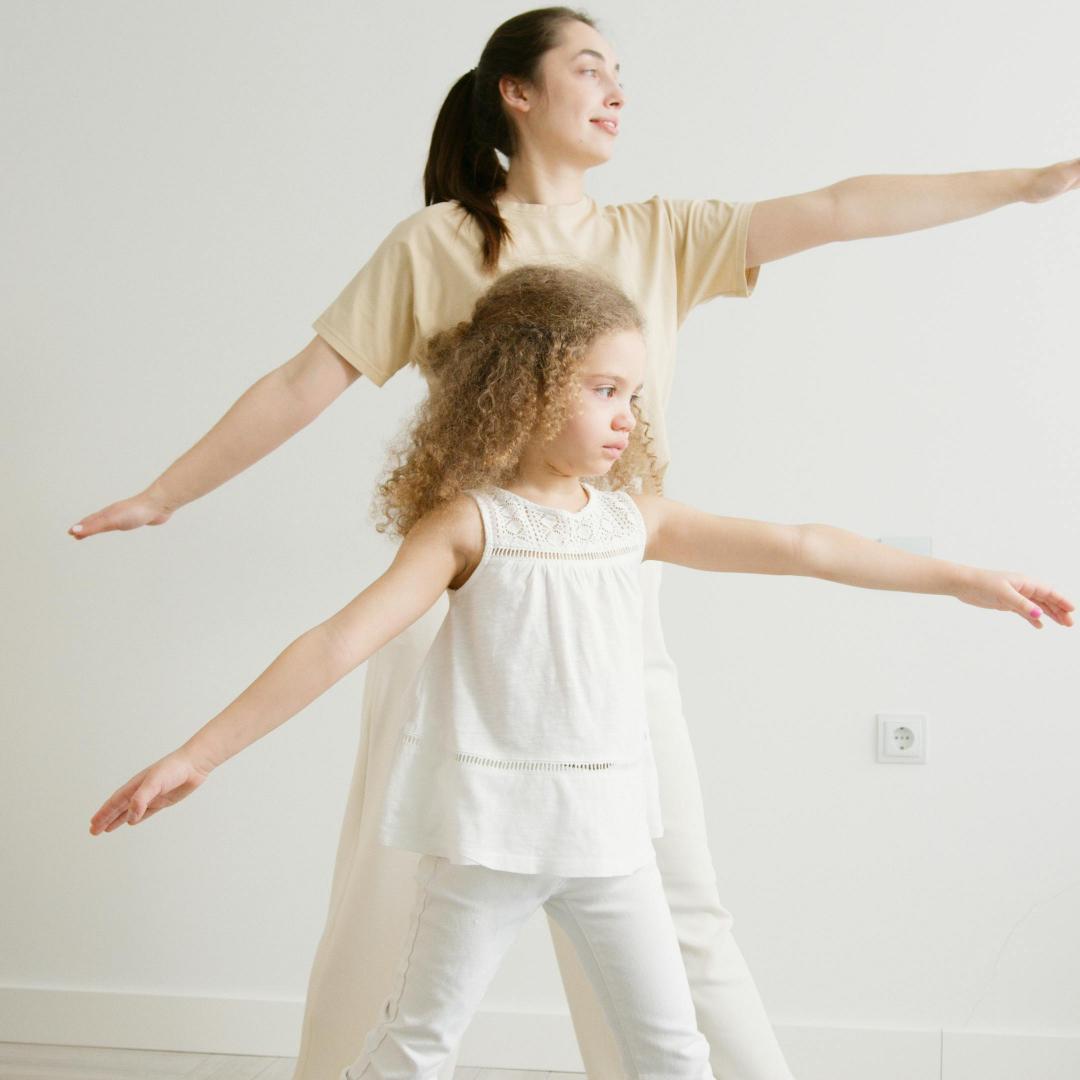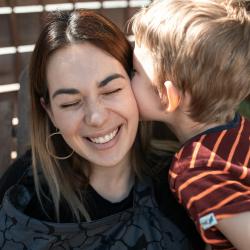10 Positive Discipline Techniques Every Parent Should Know
Raising children is one of the most rewarding and challenging responsibilities a parent can undertake. While the goal is to nurture and guide, ensuring children grow into well-rounded and respectful adults, the path to achieving this is often paved with trials and errors. Positive discipline offers a framework that emphasizes mutual respect, understanding, and support, steering away from punitive measures. By focusing on teaching rather than punishing, positive discipline helps foster a nurturing environment conducive to learning and growth. Here are ten effective techniques that every parent should consider incorporating into their parenting toolkit.
-
Set Clear Boundaries and Expectations
Establishing clear rules and expectations helps children understand what is acceptable behavior and what is not. It's essential to communicate these boundaries consistently and ensure that they are age-appropriate. When children know what is expected of them, they are more likely to follow the rules. -
Use Positive Reinforcement
Praise and rewards for good behavior can be powerful motivators. Positive reinforcement encourages children to repeat desired behaviors. Acknowledging their efforts, whether through verbal praise, a hug, or a small reward, helps build their self-esteem and reinforces the behavior. -
Be a Role Model
Children learn a lot by observing their parents. Demonstrating the behavior you wish to see in your children is one of the most effective ways to teach them. Whether it's showing kindness, patience, or diligence, leading by example is crucial. -
Offer Choices
Giving children options empowers them and helps them feel in control. It also teaches them about responsibility and consequences. Instead of issuing commands, offer choices that are acceptable to you, allowing them to decide and learn from their decisions. -
Implement Time-Ins Rather Than Time-Outs
Instead of isolating a child with a time-out, consider a time-in. This involves sitting with the child, discussing their feelings, and helping them process their emotions. Time-ins can be more effective in teaching children how to manage their emotions and behavior. -
Focus on Solutions, Not Punishments
When misbehavior occurs, shift the focus from punishment to finding a solution. Engage your child in problem-solving by discussing what happened, why it was inappropriate, and how to prevent it in the future. This approach fosters critical thinking and accountability. -
Stay Calm and Composed
It's important to maintain composure even when your child loses theirs. Responding with calmness rather than anger models emotional regulation. Take a few deep breaths or step away briefly if needed to ensure your response is measured and thoughtful. -
Empathize with Your Child
Understanding and acknowledging your child's feelings can go a long way in resolving conflicts. Empathy helps build a connection, making it easier to guide them towards better behavior. Let them know you understand their feelings and that it's okay to feel upset or frustrated. -
Create a Routine
Routines provide a sense of security and predictability. They help children understand what comes next and reduce anxiety. Consistent routines for activities like bedtime, meals, and homework can improve behavior by providing structure. -
Communicate Openly and Effectively
Open communication is the cornerstone of positive discipline. Encourage your child to express their thoughts and feelings, and listen actively. Use age-appropriate language to discuss behavior and expectations. Effective communication fosters mutual respect and understanding.
Implementing positive discipline techniques requires patience, consistency, and practice. The goal is to nurture a respectful and supportive relationship, guiding children towards making good choices and developing self-discipline. By focusing on teaching rather than punishing, parents can create a home environment that promotes healthy emotional and social development, preparing children for the challenges of adulthood.






















